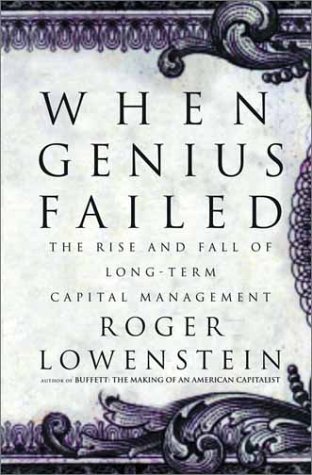Long-Term did have one escape hatch: the revolving credit it had obtained in 1996 from the bank syndicate led by Chase. The $900 million revolver (raised from $500 million initially) was a standby facility that Long-Term could tap when it wanted. Usually, such facilities terminate automatically if the borrower suffers a sharp deterioration, known as a “material adverse change.” But in its eagerness to deal with Long-Term, Chase had omitted the material-adversechange clause. The revolver was cancelable if, at the end of any accounting period, Long-Term’s equity fell by more than half. And the
...more
Welcome back. Just a moment while we sign you in to your Goodreads account.


